NE LAISSER PAS LE 5G DETRUIRE VOTRE ADN Protéger toute votre famille avec les appareils Quantiques Orgo-Life® Publicité par Adpathway
PARIS – 31 Mai 2024 –
Qui était Leonardo Torres Quevedo ? Cet inventeur espagnol du XIXe et début XXe siècle a conçu des inventions révolutionnaires. Francisco A. González Redondo retrace l’histoire de cet homme, détaillant ses inventions telles que le Télékiné, précurseur de la télécommande, ou encore son joueur d’échecs mécanique qui a anticipé l’intelligence artificielle. Ses idées ont influencé le monde scientifique. Pour en savoir plus sur ce brillant inventeur, lisez la suite !
2025-06-01 21:28:00
When we think of drones operated at a distance, catamarans that move safely by seas and oceans or machines that mimic human thinking and make decisions alone, we tend to believe that these are modern inventions. However, these gadgets – and many others, such as the safe or airships – have a protagonist as great as unknown: Leonardo Torres Quevedo. Leonardo displayed his portentous imagination at the end of the century XIX and early twentieth, to the point of being considered “the most prodigious inventor of his time.” Today, the mathematician and professor of History of Science, Francisco A. González Redondo tells us his story in speaking with scientists.
Leonardo Torres Quevedo was born in 1852 in Santa Cruz de Iguña, a small town in Cantabria, in northern Spain. He studied at the School of Caminos, Canales and Ports Engineers in Madrid, one of the most prestigious in the country. But his were not the plans of bridges or channels: what really fascinated him was fixture. And it was not only a brilliant inventor, but also an advanced in his time.
Natural of a mountainous area, one of its first inventions aimed to improve the mobility of people in those environments: a cable car. His proposal was totally innovative for the security guarantees he offered. Although his ideas took to be applied, as Francisco explains during the interview, he succeeded and one of the most spectacular cables inspired by his design was built in Canada: the famous Spanish Aerocar, an air ferry on the Niagara cataracts, opened in 1916. It is a cabin suspended by cables that transports passengers between two points on the river. More than a hundred years later, it continues to work with total. A living monument to his genius!
In 1903, Torres Quevedo presented to the world another of its genius: the Telekino, a device that allowed to distance an object through radio waves. With this invention he managed to move a ship without crew from the mainland. It was an amazing demonstration that, in 2006, the IEEE recognized as a world milestone in the history of engineering#.
At a time when the airships were fashionable, but presented serious stability and security problems, Torres Quevedo devised a new system that improved their control. Its design was so effective that the French company Astra manufactured airship based on it, which came to be used during World War I.
Long before the computers exist as we know them, Torres Quevedo formulated a new branch of engineering: automatic, and laid the foundations for what we know today as “artificial intelligence.” He designed the electromechanical arithmometer, a machine capable of performing calculations autonomously.
But one of his most famous inventions was the chess player, presented at the Paris Fair in 1914: a machine capable of playing chess finals against a human. He used electromechanical mechanisms to move the pieces alone, responded to the movements of the opponent and always won! The first video game in history and one of the first manifestations of artificial intelligence can be considered.
Torres Quevedo was also interested in mathematical logic. In 1914 he published an article entitled “Automatic essays: where he explained how to build machines that resolved equations using electricity and mechanisms. In other words, he anticipated key concepts of modern computers. Although he did not build a digital computer like the current ones, his ideas influenced later developments of scientists such as Alan Turing or John von Neumann.
Despite all his achievements, Torres Quevedo lived in a simple way, focused on his ideas. He was a member of the Royal Academy of Sciences and the Academy of Sciences of France. In 1920 he received the Echegaray medal, the greatest scientific recognition in Spain, and became proposed for the Nobel Prize.
He died in Madrid in 1936, at 83.
We invite you to listen to Francisco A. González Redondo, Doctor of Mathematics (UPM) and Doctor in Philosophy of Science (UCM). Professor of the History of Science at the Faculty of Education-Center for Teacher Training of the Complutense University of Madrid.
References:
LEONARDO TORRES Quevedo: Are LIFE. Are WORLD,
Leonardo Torres Quevedo
“Can a machine think? Leonardo Torres Quevedo, scientist and inventor”:
Torres Quevedo Foundation
#Sciences.com #prodigious #inventor #Leonardo #Torres #Quevedo #talk #Francisco #González #Redondo
1748969371


.png) 1 month_ago
7
1 month_ago
7


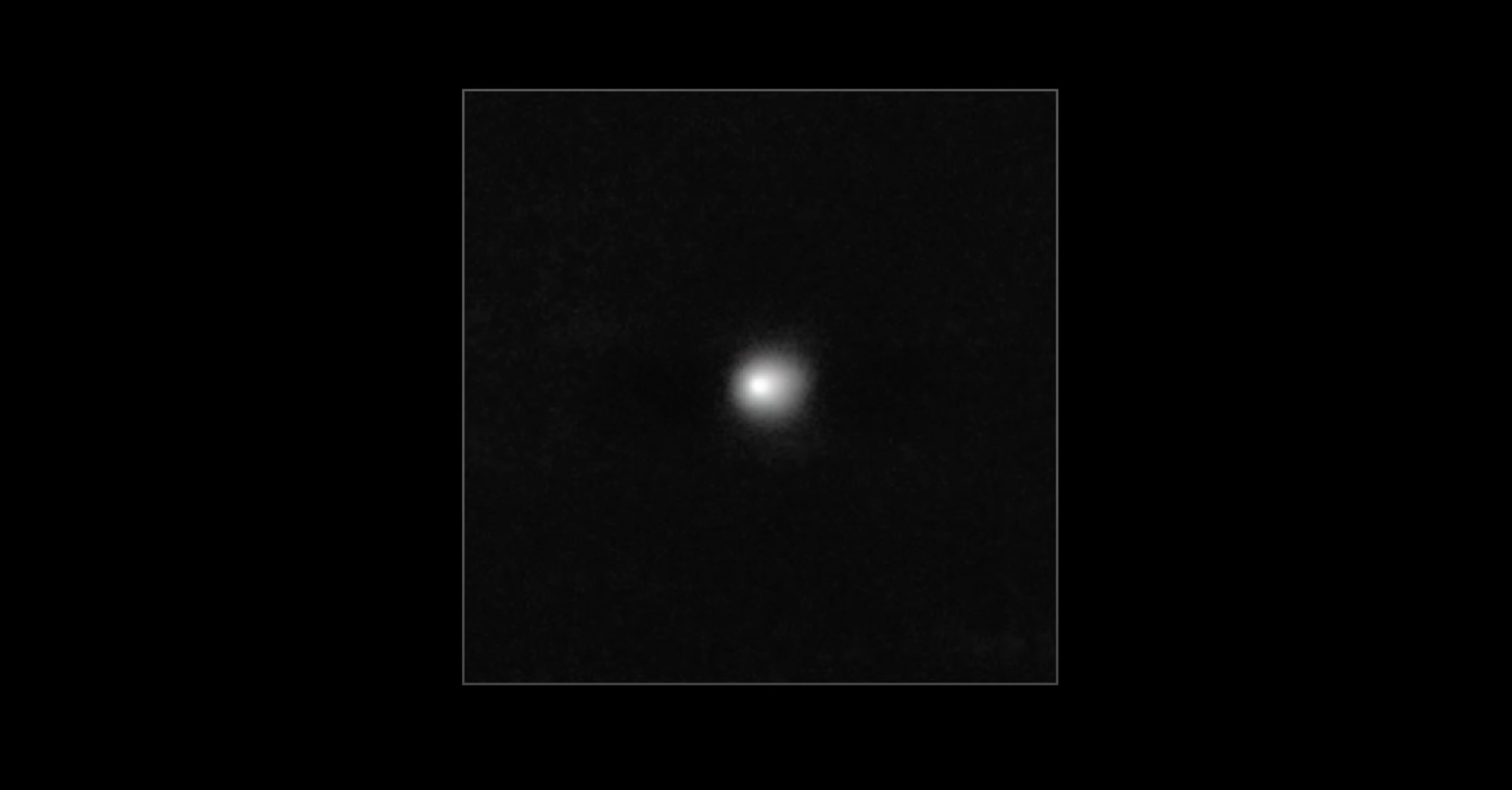



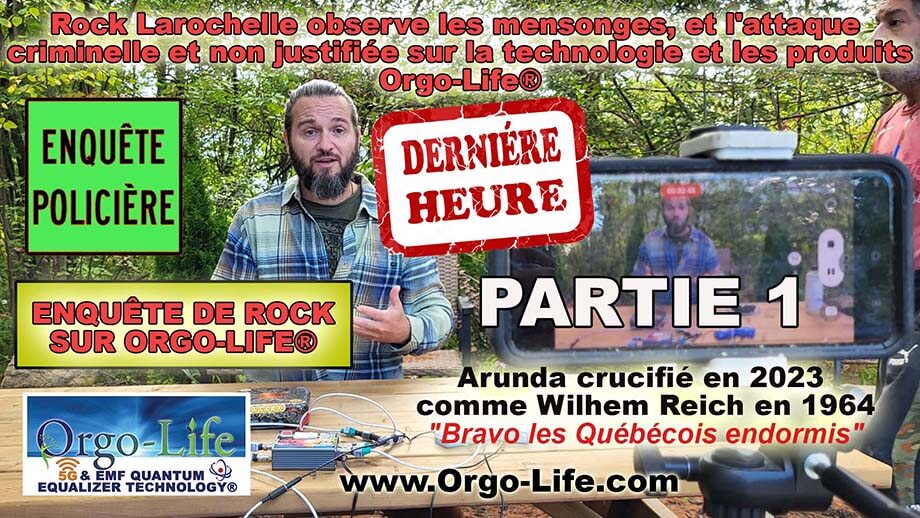
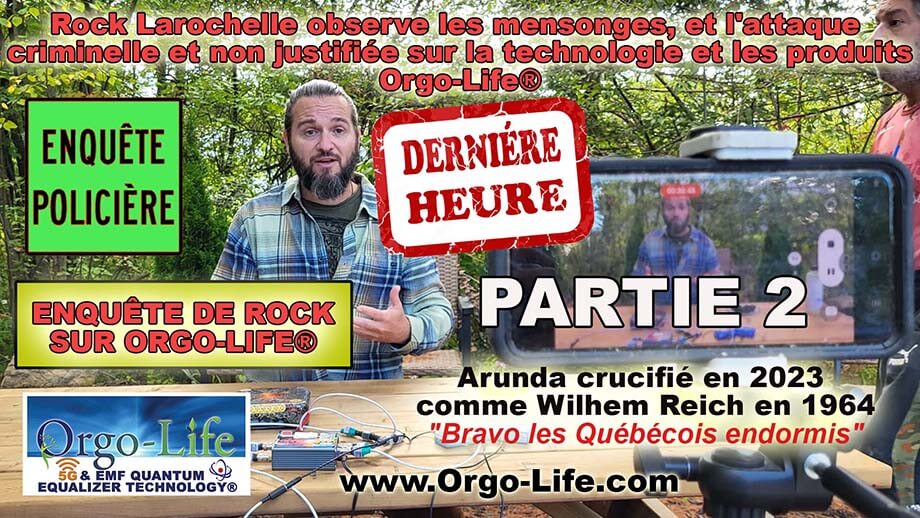

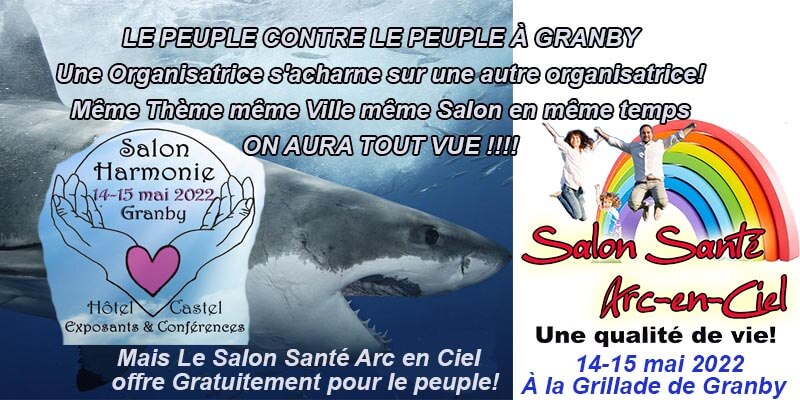
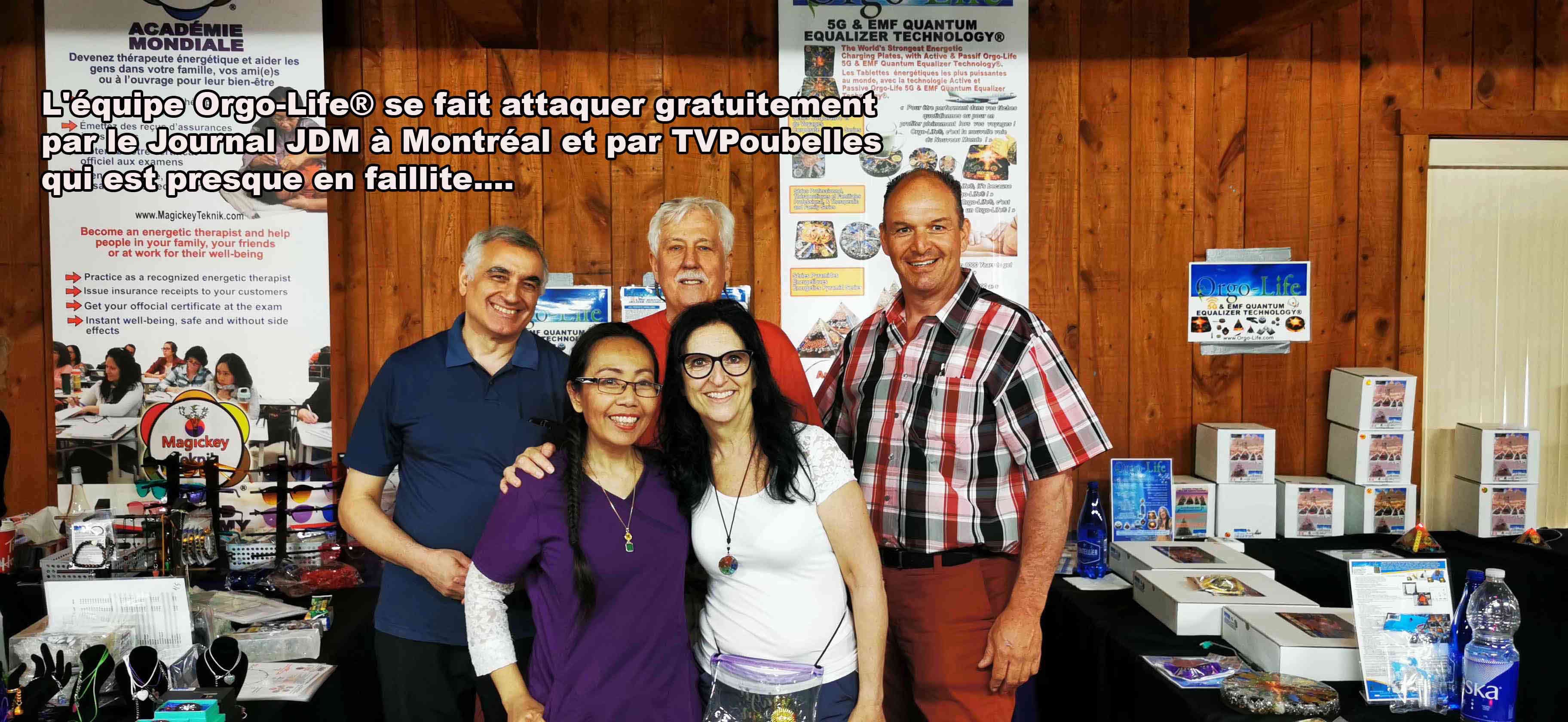
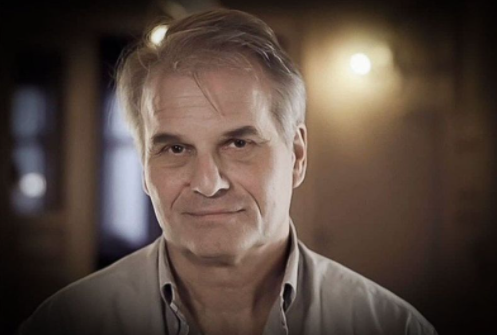

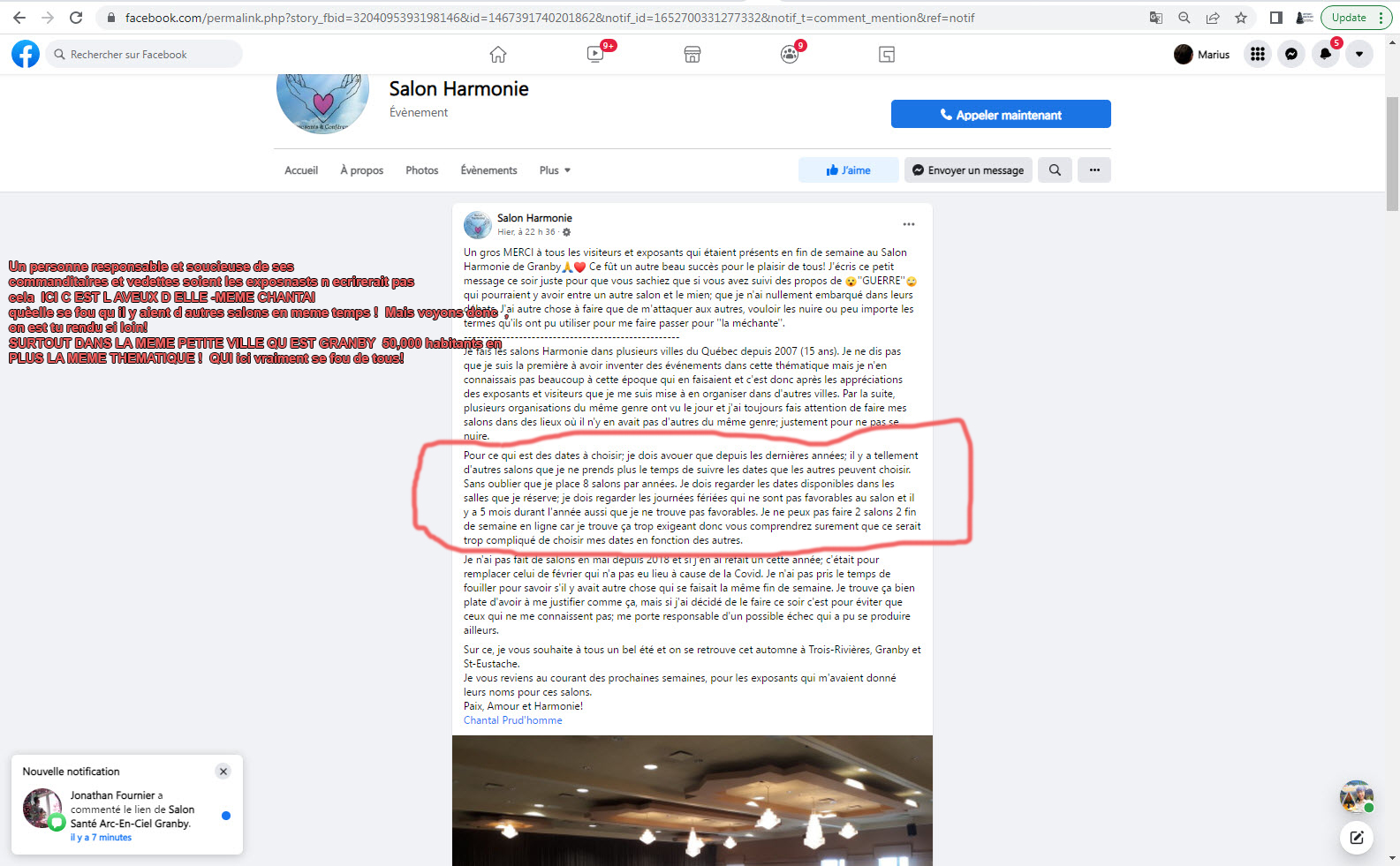
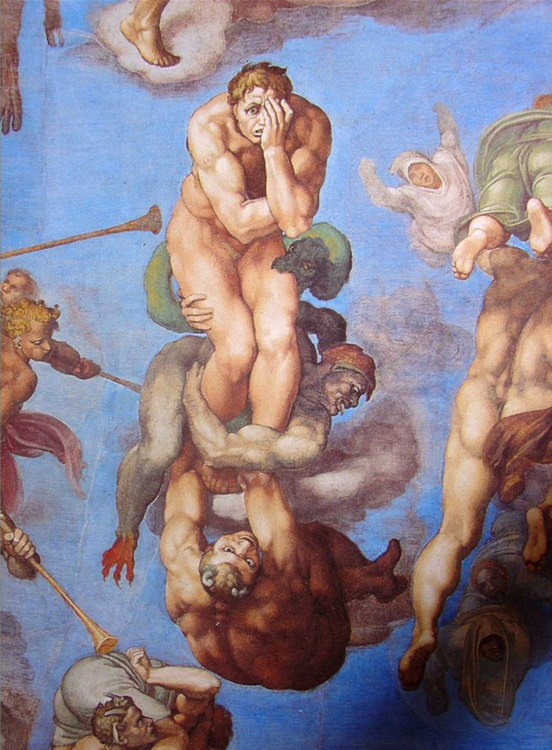



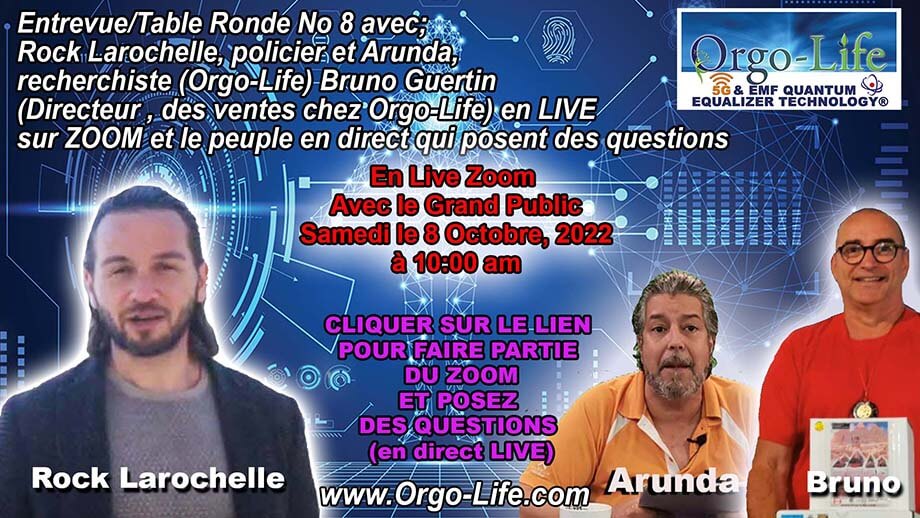


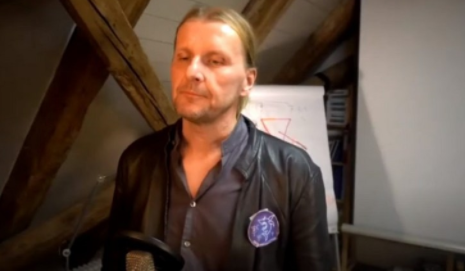
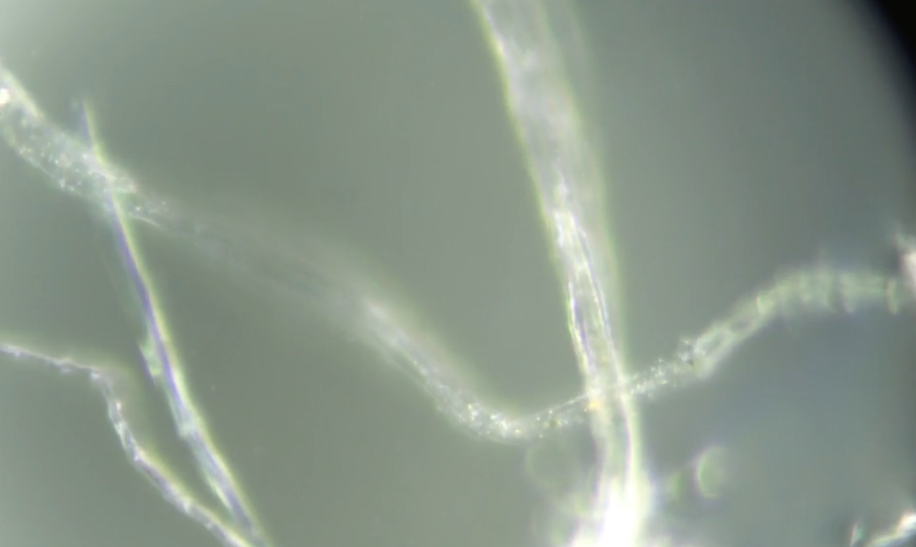


 French (CA)
French (CA)